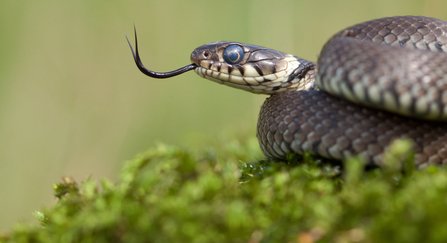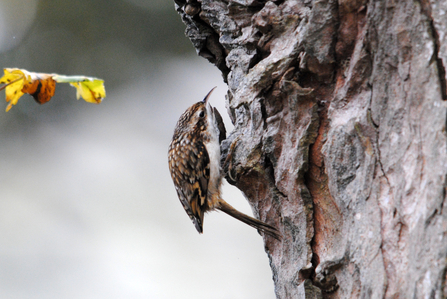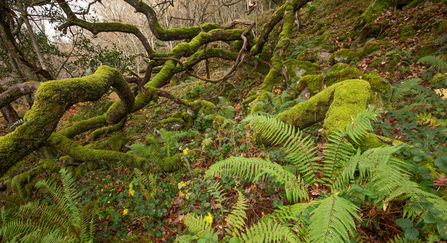We talk a lot about how nature is in trouble in the UK, with many species declining. This is true, and it’s a big problem. But there’s still a lot of wonderful wildlife to discover here. So many species, in fact, that it can be easy to overlook some!
We might forget about species because we rarely see them, or because they’re quiet and unobtrusive, or perhaps because we see them so often that we stop thinking about them at all.
30 Days Wild is the perfect time to rediscover some wonderful wildlife!




